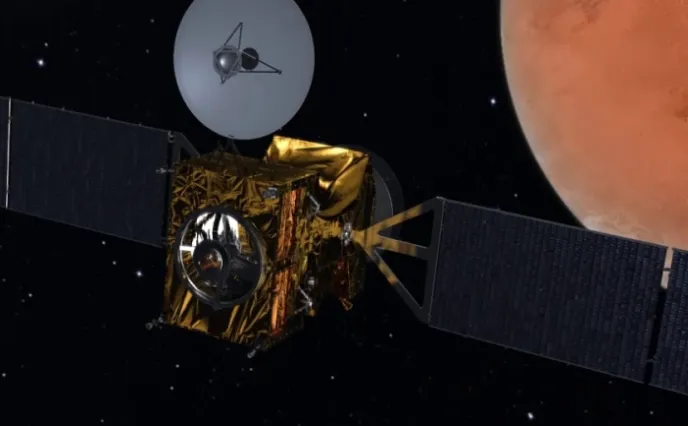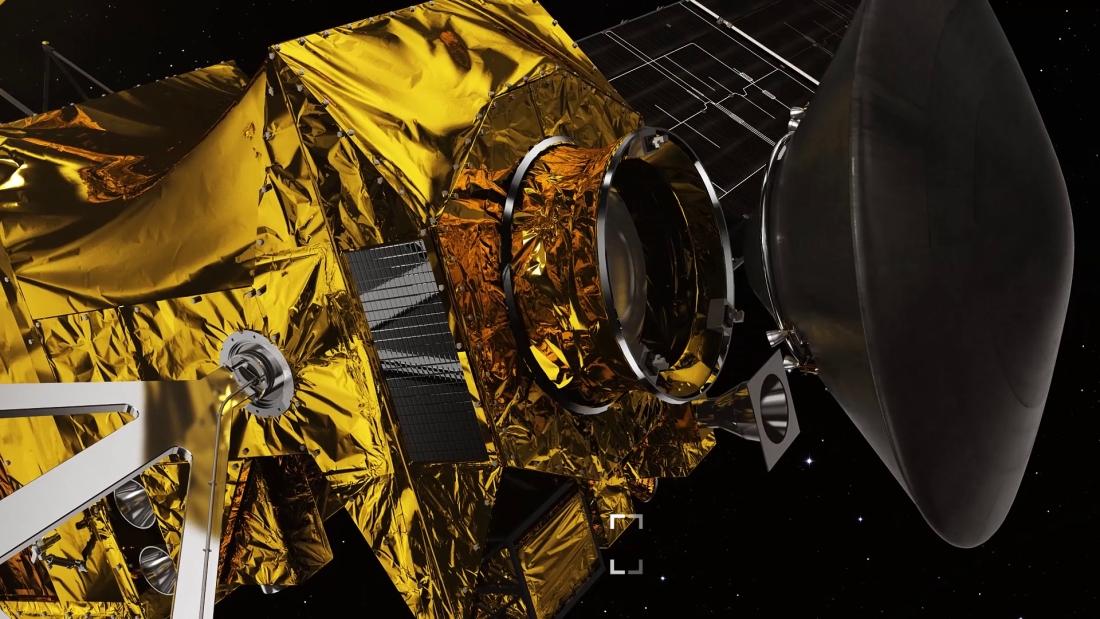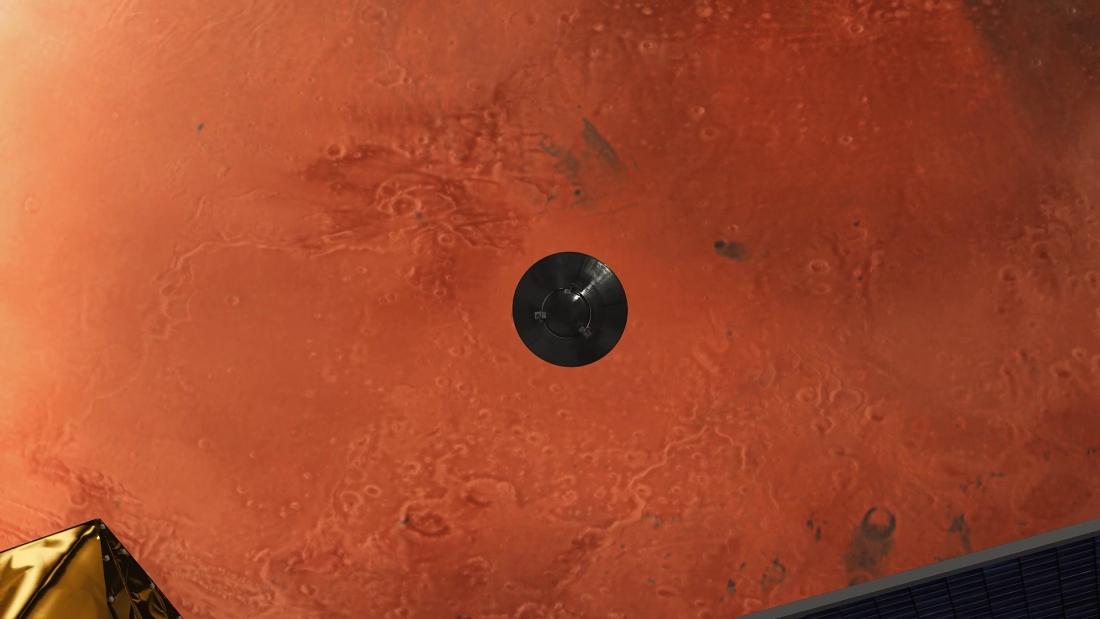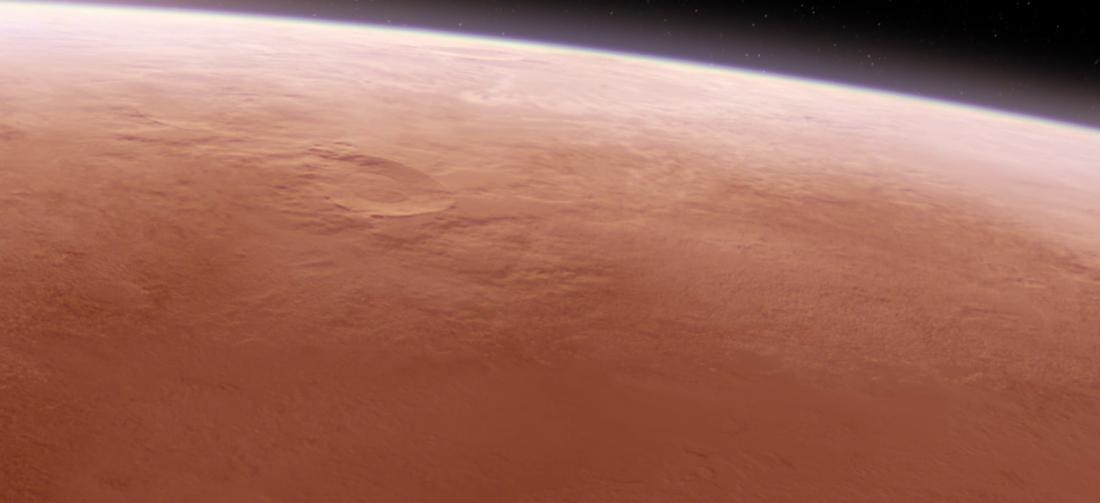Séparation réussie pour l’orbiteur et l’atterrisseur de la mission ExoMars 2016 !

Séparation réussie pour l’orbiteur et l’atterrisseur de la mission ExoMars 2016 !

The TGO orbiter will subsequently conduct a brief, but crucial engine burn, lasting just a few minutes, to raise its trajectory to about 250 kilometers above the planet and optimize the TGO pass over the EDM; indeed the Mars orbit insertion (MOI) maneuver is carried out at virtually the same time as the Schiaparelli descent and landing sequence. The commands for this maneuver were loaded 30 hours earlier, after the “all-clear” by Thales Alenia Space, leading to a main engine firing for 2 hours and 20 minutes, starting at about 13:05 UTC (Coordinated Universal Time, similar to Greenwich Mean Time) on October 19th.

Jot down this crucial time for the ExoMars mission right now: on October 19 at 14:48:11 UTC (4:48:11 pm Central European Summer Time/CEST), Schiaparelli will be landing on the Red Planet.

© Thales Alenia Space/Master Image Programmes

